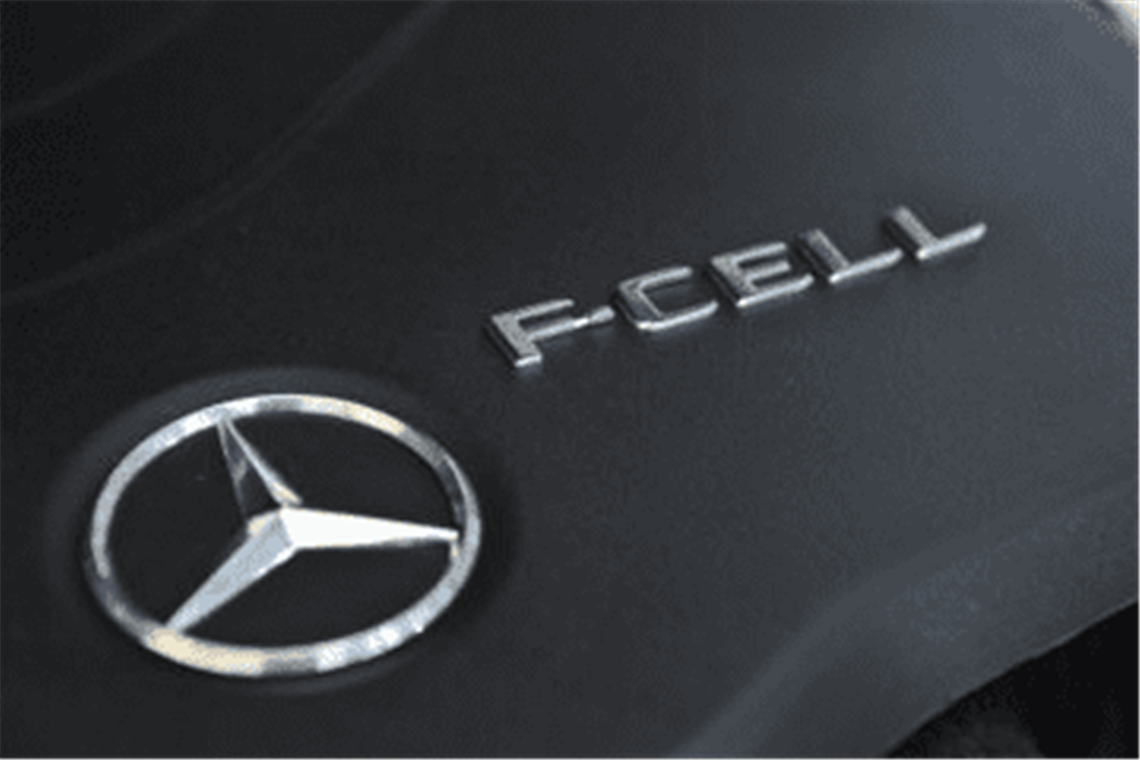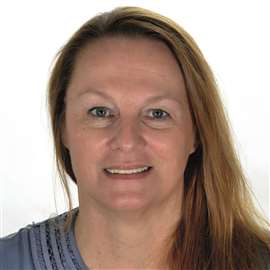Fuel Cell + Plug-In Hybrid
13 November 2018

While initially being offered to the automotive market, Mercedes-Benz is introducing a new power systems technology that could have applications beyond cars and sports utility vehicles. The launch was highlighted by the handover of the first GLC F-CELL vehicles to selected customers in the German market.
The Mercedes-Benz GLC F-CELL (provisional combined hydrogen consumption: 0.34 kg/100 km, combined CO2 emissions: 0 g/km, combined electrical consumption: 13.7 kWh/100 km)1 features both fuel cells and a battery drive which can be charged externally using plug-in technology.
Alongside various national and regional ministries as well as the National Organisation Hydrogen (NOW) and H2 Mobility, the first customers in the German market also include Deutsche Bahn, the German railways. Further handovers will also be made this year, including to the companies such as Air Liquide, Shell, Linde AG and as well as the cities of Stuttgart and Hamburg. Other business as well as private customers in Germany will also be able to enjoy access to the GLC F-CELL from the spring of 2019 via Mercedes-Benz Rent.
The Mercedes-Benz GLC F-CELL is a plug-in hybrid that can run on electricity as well as pure hydrogen. The SUV is an all-electric vehicle suitable for everyday use which emits no CO2 emissions whatsoever during operation, Mercedes-Benz said.
The interplay between battery and fuel cell, a long range and short refueling times are features of the GLC F‑CELL. Two carbon-fiber-encased tanks in the vehicle floor hold 4.4 kg of hydrogen. Thanks to globally standardized 700-bar tank technology, the hydrogen supply can be replenished within three minutes, Mercedes-Benz said. With a hydrogen consumption of around 1 kg/100 km, the GLC F-CELL achieves around 430 hydrogen-based kilometres1 in the NEDC cycle; in hybrid mode it additionally delivers up to 51 km1 on a fully charged battery. At the same time, an output of 155 kW helps to ensure high driving dynamics, the company said.
The plug-in fuel cell drive combines zero-emission drive technologies and, thanks to its intelligent operating strategy, continuously optimizes the use of both energy sources in line with the current operating situation. This is also influenced by the selected drive program: ECO, COMFORT or SPORT.
Operating Modes
- Hybrid: the vehicle draws power from both energy sources. Power peaks are handled by the battery, while the fuel cell runs in the optimum efficiency range.
- F-Cell: the state of charge of the high-voltage battery is kept constant by the energy from the fuel cell. Only hydrogen is consumed. This mode is seen as mostly for use for steady cruising over long distances.
Battery: the GLC F-CELL runs all-electrically and is powered by the high-voltage battery. The fuel cell system is not in operation. This is seen as short distance mode of operation.
Charge: charging the high-voltage battery has priority, for example in order to recharge the battery for the maximum overall range prior to refueling with hydrogen or to create power reserves.
In all operating modes, the system features an energy recovery function, which makes it possible to recover energy during braking or coasting and to store it in the battery.
In view of the new technology and the fact that the hydrogen fueling infrastructure has only just started to expand, the market launch of the GLC F-CELL is taking place only in selected German metropolitan regions. Above all the focus is on major cities which are already comparatively well equipped with hydrogen filling stations, such as Stuttgart, Düsseldorf, Berlin, Hamburg, Frankfurt, Munich and Cologne.
Together with its partners in the H2 Mobility joint venture, Daimler said it has drawn up a plan of action. By the end of 2019, the hydrogen refueling station network is expected to grow from its current level of 50 to some 100 stations. The long-term objective of the partners is a network of up to 400 hydrogen refueling stations. Similar infrastructure projects are being promoted in Europe, the USA and Japan.
STAY CONNECTED




Receive the information you need when you need it through our world-leading magazines, newsletters and daily briefings.
POWER SOURCING GUIDE
The trusted reference and buyer’s guide for 83 years
The original “desktop search engine,” guiding nearly 10,000 users in more than 90 countries it is the primary reference for specifications and details on all the components that go into engine systems.
Visit Now
CONNECT WITH THE TEAM









